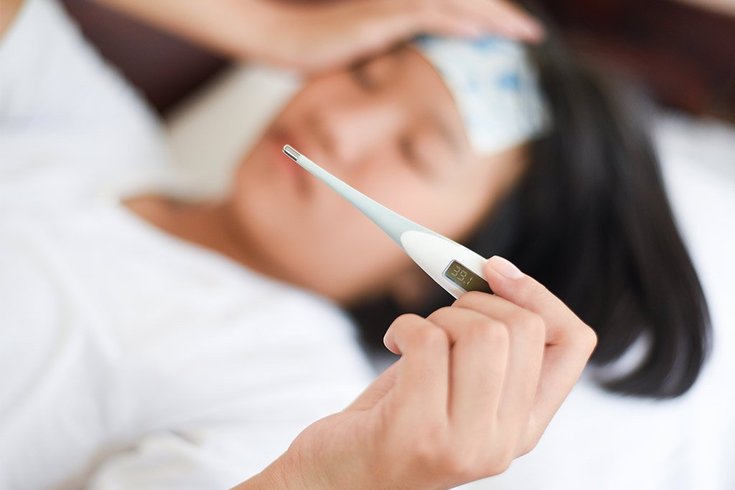
November 26, 2019
 Source/Image licensed from Ingram Images
Source/Image licensed from Ingram Images
Meningitis, the swelling of the protective membranes covering the brain and spinal cord, can be fatal.
Meningitis, the swelling of the protective membranes covering the brain and spinal cord, is no stranger to college campuses, where lots of students are living close together.
Within the last year, there have been outbreaks at Rutgers University in New Jersey, Columbia University in New York and San Diego State University in California.
Meningitis can be caused by different infections and vary in severity. In some cases it can be fatal.
While outbreaks pop up on college campuses from time to time, meningitis can affect anyone. Young children are particularly vulnerable.
The best way to protect your child is to understand the types of the illness and the prevention and treatment methods.
Viral and bacterial meningitis are the most common forms, according to the U.S. Centers for Disease Control and Prevention. But fungi, parasites, head injury and certain diseases like some cancers and lupus also can cause meningitis.
Viral meningitis is usually not as serious as bacterial meningitis and will resolve on its own if your child has a healthy immune system.
However, bacterial meningitis can be fast-acting and fatal. The Cleveland Clinic reports that about 80 percent of all cases of meningitis are acute bacterial meningitis. Babies, toddlers and older people are the most at risk, but so are college students living in close quarters in the dorms.
The symptoms of bacterial meningitis include fever, severe headache and a stiff neck, Dr. Paul Sax, an infectious disease specialist at Brigham and Women's Hospital in Boston, said in an interview with Fox News. Some types of meningitis, such as meningococcal meningitis, also will cause a rash. Other symptoms include fatigue, cognitive difficulty, nausea, vomiting and seizures.
Other types of meningitis have similar symptoms.
The best way to diagnose meningitis is with a spinal tap in which spinal cord fluid is extracted and analyzed. The test not only confirms meningitis, but also determines the type. CT scans and MRIs also can help identify any brain inflammation.
When it comes to bacterial meningitis, prompt treatment with intravenous antibiotics is crucial to prevent brain swelling and seizures, which can be fatal.
Most mild viral meningitis illnesses will resolve on their own; for more severe cases, a child may be prescribed corticosteriods for the brain swelling and anticonvulsant medication for the seizures.
If the herpes virus is the root cause, then antiviral medications also can help alleviate symptoms.
Bacterial and viral meningitis are infectious, so avoid close contact with anyone who is exhibiting symptoms. That includes sharing food, drink and utensils. Remind children about the importance of proper hand-washing.
The CDC recommends the meningococcal conjugate (MenACWY) vaccine for all children 11 to 12 years of age. They later should receive a booster shot at age 16.
The CDC also recommends the Serogroup B meningococcal (MenB) vaccine for people who are 10 years old or older and have risk factors for meningococcal disease. The CDC also recommends teens and young adults between the ages of 16 and 23 years old also receive the vaccine.
Meningococcal disease is caused by the bacteria Neisseria meningitidis and leads to meningitis or septicemia, an infection in the bloodstream. Not all cases of meningitis are the result of meningococcal disease.
If you suspect your child may have meningitis, call your pediatrician immediately or go to the emergency department, especially if you think it is bacterial meningitis. Symptoms of bacterial meningitis can develop within 24 hours.